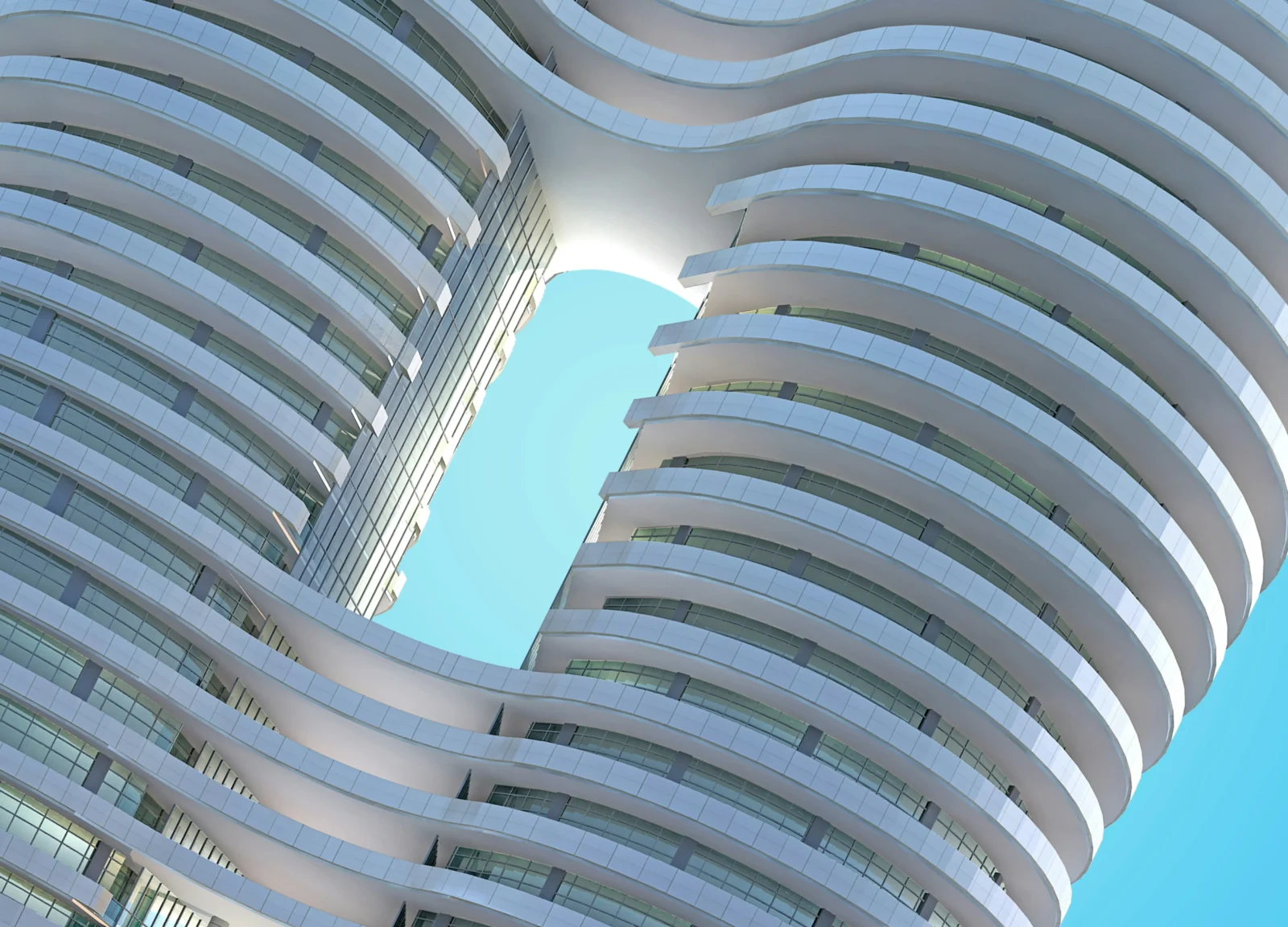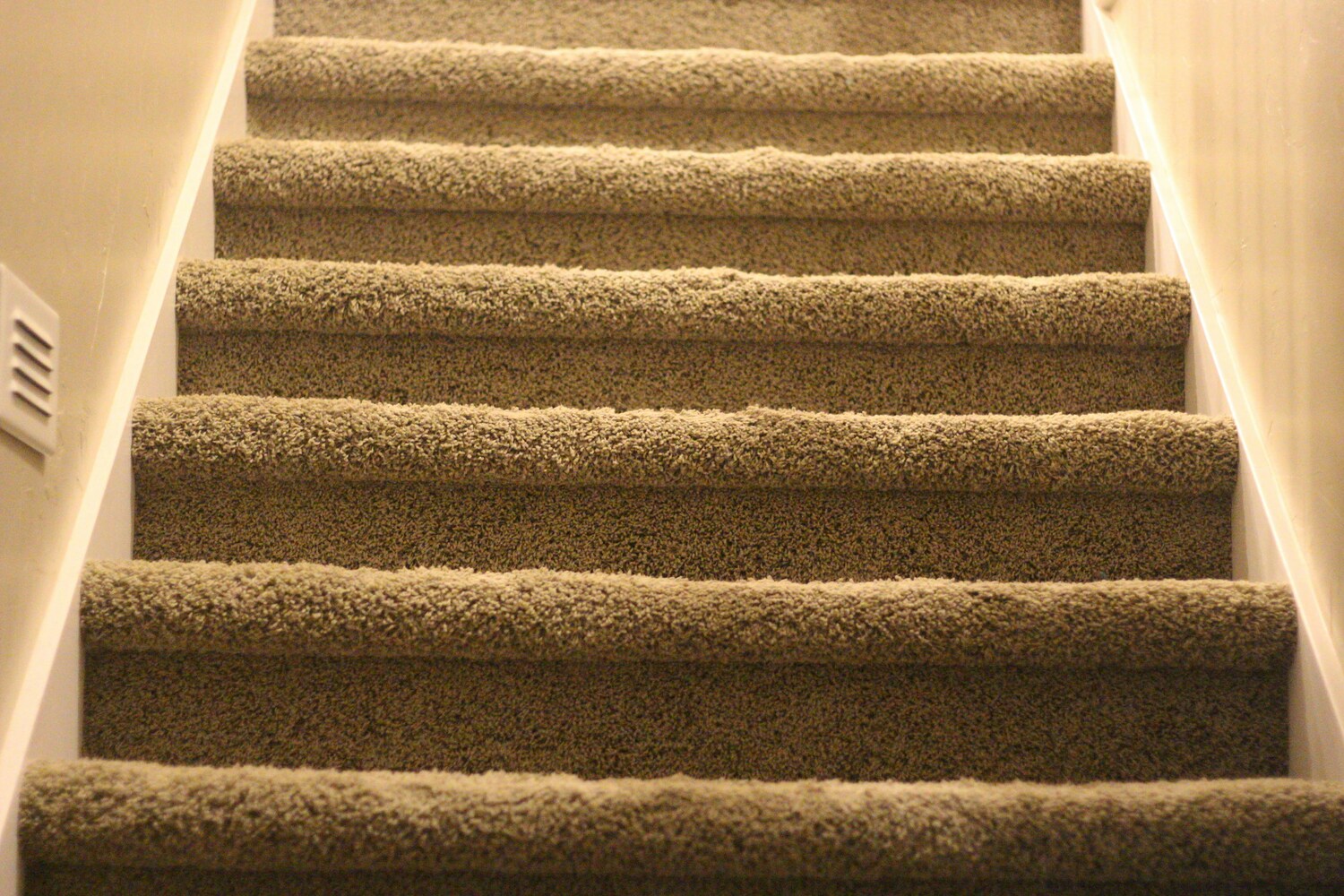- Home
- Articles
- Architectural Portfolio
- Architectral Presentation
- Inspirational Stories
- Architecture News
- Visualization
- BIM Industry
- Facade Design
- Parametric Design
- Career
- Landscape Architecture
- Construction
- Artificial Intelligence
- Sketching
- Design Softwares
- Diagrams
- Writing
- Architectural Tips
- Sustainability
- Courses
- Concept
- Technology
- History & Heritage
- Future of Architecture
- Guides & How-To
- Art & Culture
- Projects
- Interior Design
- Competitions
- Jobs
- Store
- Tools
- More
- Home
- Articles
- Architectural Portfolio
- Architectral Presentation
- Inspirational Stories
- Architecture News
- Visualization
- BIM Industry
- Facade Design
- Parametric Design
- Career
- Landscape Architecture
- Construction
- Artificial Intelligence
- Sketching
- Design Softwares
- Diagrams
- Writing
- Architectural Tips
- Sustainability
- Courses
- Concept
- Technology
- History & Heritage
- Future of Architecture
- Guides & How-To
- Art & Culture
- Projects
- Interior Design
- Competitions
- Jobs
- Store
- Tools
- More
11 Essential Building Maintenance Procedures for Both Form and Function

Building maintenance is essential for preserving both the appearance and functionality of every structure. It helps prevent deterioration, restores usability, and ensures safety across a wide range of facilities, from commercial complexes to residential buildings. Without regular attention, even minor issues can turn into major problems, with consequences for company reputation and property value.
Thus, proper maintenance benefits a building’s occupants and business stakeholders alike. A well-maintained facility enhances visual appeal and protects structural investments while promoting safety and operational efficiency. This article explores key procedures that every building professional should follow to maintain both the form and function of their properties.
Protecting the Exterior with Routine Cleaning and Repair
A building’s façade readily shows the wear and tear the structure has endured, which can affect its viability for potential lease or sale. This is why regular exterior cleaning is crucial for preserving both a building’s look and structural integrity. A commercial-grade trailer pressure washer for sale by trusted equipment suppliers and industrial solutions providers is an effective tool used by professionals to remove accumulated grime, mold, high dust, and pollutants that erode surfaces and dull finishes. Additionally, addressing cracks, chips, or peeling paint promptly prevents moisture infiltration and maintains aesthetics.

Maintaining Landscaping and Exterior Grounds
Well-kept landscaping not only enhances street presence but also supports structural functionality. Regular pruning, lawn care, and irrigation prevent overgrowth that blocks light or air, and promote proper drainage. Moreover, clean pathways and driveways reduce liability, creating a positive impression.
Grounds maintenance also prevents erosion and water pooling near foundations. Meanwhile, proper grading and debris control ensure water moves away from the building envelope, protecting both aesthetics and structure.
Ensuring Proper Drainage Through Gutter Care
Gutters are often overlooked parts of a building. This can cause problems like leaks, dampness, and structural damage. Clogged gutters impede water flow and jeopardise building health, while leaves, debris, and sediment block downspouts, leading to overflow that stains siding, damages landscaping, and weakens foundations. Experts recommend cleaning gutters at least twice each year to avoid these issues.
Meanwhile, gutter inspection should include checking for leaks, sagging sections, and secure hangers. Conducting these checks supports both form and function by safeguarding exteriors and preventing hidden structural flaws.
Sealing Gaps with Proper Caulking and Sealant Use
Applying caulk and sealants around windows, doors, and exterior joints helps protect against moisture intrusion and energy loss. These materials fill gaps where water or air could compromise both structure and occupant comfort. Timely resealing prevents mould growth, drafts, and insulation breakdown. Furthermore, this procedure enhances a building’s appearance by preventing unsightly cracks and drafts while also supporting HVAC efficiency.
Keeping HVAC Systems in Peak Condition
A well-functioning HVAC system regulates temperature, humidity, and air quality while supporting energy efficiency. Each of these factors is essential for comfort and productivity. Regular service, like filter replacement, duct cleaning, and coil maintenance, helps prevent breakdowns and extends equipment life. Neglecting HVAC upkeep forces systems to work harder and consume more energy, leading to greater business costs down the line.

Similarly, proper HVAC maintenance improves air hygiene. Clean filters reduce contaminants, enhancing indoor air quality and occupant satisfaction. Importantly, this supports regulatory compliance and reduces repair expenses.
Preserving Plumbing System Integrity
Regular plumbing inspections prevent leaks, corrosion, and freeze damage. Checking for drips and ensuring proper water pressure and drainage helps maintain functionality and efficiency. Also, addressing issues like water stains or slow drains supports both system performance and visual cleanliness.
Meanwhile, installing insulation on pipes safeguards against freezing and burst events, especially in cooler environments. Overall, proper plumbing maintenance prevents costly structural damage and promotes usability and trust among building occupants.
Inspecting Roofs and Related Structures
Routine roof inspections preserve waterproofing and structural resilience, ultimately prolonging roof life. In addition, detecting issues early supports both safe operations and weather resistance.
Repairing loose roofing elements and cleaning debris reduces stress on roof systems. Likewise, these measures keep interiors dry and minimise damage to other building components.
Testing Fire Safety Systems Regularly
Building occupants rely on fire alarms, sprinkler systems, and exit lighting to work when they need them most. So, conduct regular inspections and proper documentation to verify readiness and ensure compliance with safety regulations and occupant welfare. Routine servicing prevents malfunction during emergencies and supports life safety.
In addition, keeping fire safety devices unobstructed and visibly maintained shows responsibility while meeting code requirements. Ensuring these systems are operational contributes to safety and liability protection.
Servicing Elevators and Mechanical Systems
Elevator systems demand specialised maintenance that includes mechanical, electrical, and safety inspections. Elevator cabs require routine interior maintenance to ensure a quality user experience while ensuring operational reliability. Meanwhile, preventive service prevents outages and maintains building access, which is especially important for high-rise structures.
Similarly, other mechanical equipment, such as building automation systems and chillers, should be serviced in line with manufacturer recommendations to ensure safe and consistent performance.

Maintaining Security Systems and Access Controls
Well-maintained security systems reassure occupants and help protect assets. Hence, cameras, alarms, and entry systems must be regularly checked to verify signal strength, battery life, and firmware currency.
Ensuring that locks, sensors, and access devices are functioning properly prevents unauthorised access and supports building integrity. A maintained security system protects both physical assets and stakeholder trust.
Managing Waste Disposal and Sanitation
Proper building maintenance also involves the correct handling of waste. It promotes hygiene and safety, and also preserves aesthetics. Regularly emptying containers, cleaning dumpster areas, and managing odours are essential steps in keeping the property clean and preventing pest problems. Furthermore, clean and organised waste zones reflect well on property management and help limit health risks.
Finally, implementing recycling and waste reduction practices improves environmental compliance and shows support for sustainability efforts.
Routine building maintenance reinforces both aesthetics and systems performance while safeguarding investments. A strategic, proactive approach ensures long-term safety, reliability, and appeal. Property managers and maintenance professionals, with the help of modern tools and through the implementation of a maintenance system, set their buildings up for success. In doing so, they preserve visual appeal and boost property value, while upholding form and function in equal measure.
illustrarch is your daily dose of architecture. Leading community designed for all lovers of illustration and #drawing.
Submit your architectural projects
Follow these steps for submission your project. Submission FormLatest Posts
Chandelier Light vs Ceiling Lights: Which Decorative Lighting Works Best for UAE Homes in Winter?
Winter in the UAE doesn’t arrive loudly. It doesn’t announce itself with...
Marketing for Architects: How Firms Are Getting More Clients Without Chasing Leads
Architectural marketing has changed in important ways. Referrals and reputation still matter,...
8 Innovative Apartment Design Ideas from the USA
Apartment design in the United States is rapidly evolving, with architects and...
Tips for Using Runners to Transform Hallways and Spaces
Hallways work hard. They handle daily foot traffic, muddy shoes, and the...












Leave a comment